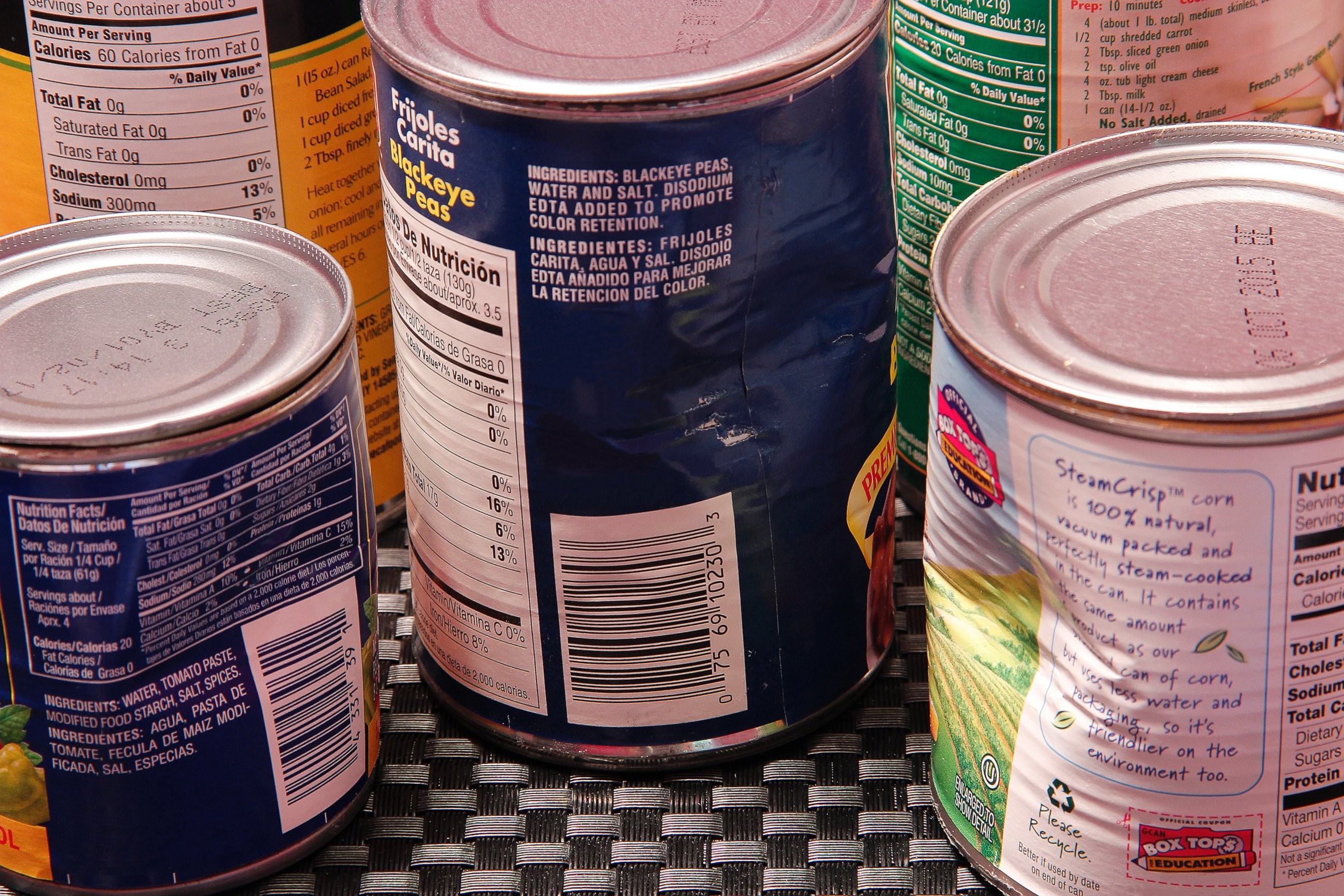Canned foods are pantry staples in many households, offering convenience and long shelf life. However, news of foodborne illnesses can sometimes raise concerns, particularly when it comes to botulism and canned goods. Following a botulism outbreak linked to a church potluck in Ohio, which tragically resulted in one death and numerous illnesses, questions about the safety of canned foods have resurfaced. Health officials investigated canned fruits and vegetables, alongside other dishes, as potential sources of the outbreak. As picnic season approaches and we rely more on our pantries, understanding the real risks of botulism in canned food and how to mitigate them is crucial for food safety.
Understanding Botulism: A Serious Foodborne Illness
Botulism is a severe illness caused by a potent neurotoxin produced by the bacterium Clostridium botulinum. According to the Centers for Disease Control and Prevention (CDC), this toxin can lead to significant health problems and even be fatal. Foodborne botulism is considered a public health emergency because contaminated food can affect many people simultaneously.
Symptoms of botulism can appear anywhere from 6 hours to 10 days after consuming contaminated food. These symptoms can include double or blurred vision, drooping eyelids, slurred speech, difficulty swallowing, and muscle weakness, as outlined by the National Institutes of Health (NIH). The severity of botulism underscores the importance of understanding its sources and taking preventive measures.
The Link Between Botulism and Canned Foods
While botulism is a serious concern, it’s important to understand why canned foods are sometimes associated with this illness. Clostridium botulinum bacteria thrive in anaerobic environments—places devoid of oxygen—and this is where the canning process comes into play. Canning, by nature, creates an oxygen-free environment, which, if not done correctly, can allow Clostridium botulinum spores to germinate, multiply, and produce the dangerous botulinum toxin.
Historically, botulism outbreaks were more common due to improper home canning practices. As Dr. William Schaffner, chairman of preventive medicine at Vanderbilt University Medical Center, explains, earlier home canning methods sometimes lacked meticulous adherence to safety protocols. This could result in spores surviving the canning process and finding a perfect environment to produce toxins within the sealed can.
However, with the advancements in commercial canning and a deeper understanding of food safety principles, botulism from commercially canned goods is now quite rare. Stringent food safety procedures are in place in commercial canning facilities to minimize the risk of botulism contamination.
How Common is Botulism Today?
Dr. Schaffner points out that botulism has become remarkably uncommon in the United States. The CDC estimates around 145 cases annually in the U.S., and foodborne botulism accounts for only about 15% of these cases. The majority of botulism cases are either wound-related or infant botulism. Infant botulism occurs when babies, who lack developed botulism antibodies, ingest spores, often from sources like honey. This is why health experts advise against giving honey to infants under one year old, as Dr. Frank Esper, an infectious diseases expert at UH Case Medical Center, emphasizes.
Most adults possess some level of resistance to small amounts of botulism toxin. However, it’s crucial to maintain vigilance and follow safe food handling practices to minimize any risk.
Staying Safe: Botulism Prevention in Your Pantry
Unless investigations into the Ohio potluck reveal commercially canned food as the source (which is less likely), Dr. Schaffner reassures that commercially canned goods are generally safe. However, vigilance in checking your canned goods is still essential.
Here are key steps to ensure safety and prevent botulism from canned foods:
- Inspect Cans Carefully: Before using any canned food, examine the can for signs of damage. Dented, cracked, or bulging cans are major warning signs. These deformities can indicate spoilage and potential contamination, including botulism. Discard any cans exhibiting these signs immediately.
- Proper Storage: Store canned goods in a cool, dry place. Avoid storing them in excessively warm or humid environments, as these conditions can potentially compromise the can’s integrity over time.
- Home Canning Precautions: If you engage in home canning, it is absolutely critical to follow USDA-approved guidelines meticulously. Improper home canning is a significant risk factor for botulism. Ensure you understand and implement safe canning techniques, including proper sterilization, acidification (for certain foods), and processing times. Resources like the National Center for Home Food Preservation are invaluable for safe home canning information.
By being informed and taking these simple precautions, you can significantly reduce the risk of botulism from canned foods and ensure your pantry remains a safe source of meals for you and your family. When in doubt, it’s always best to err on the side of caution and discard any questionable canned goods.
